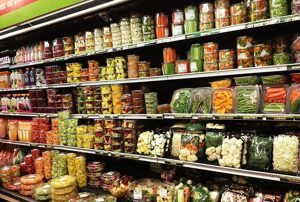 We’ve all eaten one. Those pre-packaged, enticingly easy-to-make ready meals from the supermarket.
We’ve all eaten one. Those pre-packaged, enticingly easy-to-make ready meals from the supermarket.
Typically, you’ll pick one up because you are looking for a quick, (seemingly) balanced meal that is inexpensive.
Companies have picked up on the consumer’s desire for a healthier ready-made meal so there are now pre-made meals
that really do seem healthier—but are they really?
You may be surprised to learn what is in your ready meals and how they are prepared.
The Ready Meal Experience
The idea behind ready meals is that the consumer gets the same experience every time.
If you buy a chicken alfredo meal, you expect to get the same amount of ingredients with the same flavor and the same texture every single time.
In order for this to occur, food manufacturers need to be able to produce the same meal on a massive scale so instead of preparing their own raw ingredients for each meal, they will purchase pre-treated ingredients that have been frozen or dried.
This may not sound too bad until you follow the path these ingredients have taken.
The suppliers for these products are all over the world meaning these ingredients cross multiple countries, often several continents even, to get to the manufacturer’s warehouse to be cooked and packaged.
After reaching the processing plant, multiple teams across multiple assembly lines handle various components of the meal.
This just goes to show you that your food is not being treated as chefs would treat food, but as scientists treat experiments.
Ingredients
Fruits and Vegetables
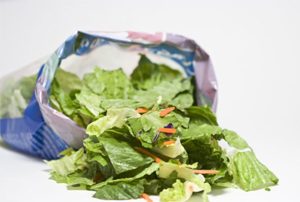
Many times, bagged salads seem like a quick, healthy option compared to a TV dinner, but this may not truly be the case.
That bagged lettuce that was conveniently pre-chopped and triple washed was also likely soaked in chlorine for up to 8 hours to prevent bacteria growth after having been harvested two weeks prior!
The best option is to skip the bagged meal and take the extra few minutes to wash and chop loose greens.
Meat, Fish and Vegetables

Meats in ready-made meals are frozen during transportation and storage.
Of course, this is to keep bacteria from growing, but over the months or years that they are stored, they may have accidentally thawed enough to allow bacteria growth which could lead to illness.
The worst part is that once they are thawed and cooked by manufacturers, they can then be marketed as “fresh”!
Eggs

While there is a possibility of breaking, in general, eggs seem like a relatively simple product for manufacturers to use in transportation and cooking, but the reality is that most eggs do not reach manufacturers in their shells.
They most often arrive in the form of a powder, a product from the egg white (albumen) or hard-boiled so that they can easily be made consistent during packaging.
Sometimes, they even come as liquid, dried, quick-frozen, concentrated or crystalized for convenience.
Other manufacturers will forego real eggs and opt for “egg-replacers” made from whey protein because it is cheaper and has a longer shelf life.
Fruit Jams and fillings
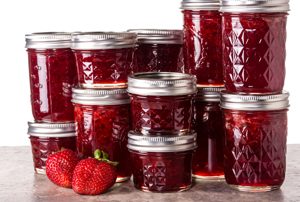
You would think that the ready-made foods at the bakery are made from scratch in house, including the fillings and toppings, but you would also be mistaken.
Unfortunately, those jams and fillings that fill donuts and pastries are not the simple ingredients of raspberries and sugar.
Instead, it consists of raspberry puree, sugar syrup, pectin (to give it a gel-like consistency), citric acid (which is usually made from mold) and calcium chloride.
Additives
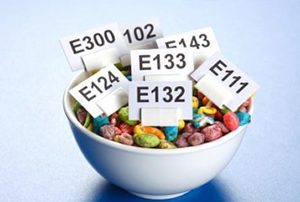
Calcium chloride is also known as additive E509.
Additives in processed foods that begin with “E” followed by numbers have a very high “label polluting” effect.
Artificial colors are also added in an effort to make bland foods look vibrant and fresh.
Antioxidants and emulsifiers are added to increase the product’s shelf life.
Doesn’t all of that sound delicious?
Preservatives

In order to respond positively to the public’s cry for more natural ingredients, companies have begun to seek out “natural” products that perform the same functions as the chemicals that were being placed in ready-made foods.
Preservatives like sodium benzoate (which has been linked to allergies, ADD and cancer) have been replaced with cultured vinegar which is fermented to inhibit bacteria growth.
Potato protein isolate
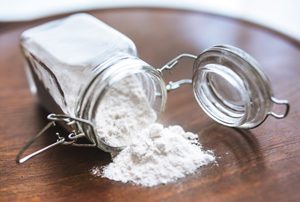
This particular product has an interesting story.
It was considered a “revolutionary” ingredient with the ability to conform to the necessary function, whether as an emulsifier, a foaming agent or to provide a comforting mouthfeel in cakes.
It takes the place of eggs, butter and cream.
GMO ingredients
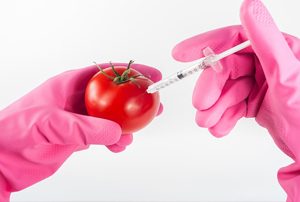
Genetically modified ingredients are becoming increasingly unpopular in the United States, but unfortunately, because they are cheaper, most people do not even think to look at labels to determine if the foods are non-GMO, and if they are, how many of them are.
Artificial enzymes

When you think of an enzyme in relation to the body, you think of the body’s ability to use digestive enzymes for breaking down foods.
Manufacturers have recognized the ability of genetically modified enzymes to be made for any purpose including preserving food and increasing chemical reactions.
This would allow for greater profit margins and the reduction of energy consumption.
For example: high fructose corn syrup is made using artificial enzymes as are breakfast bars (they make them stay soft), enzyme-treated chicken feed which allows the farmer to give cheaper feed, and even in fish feed which is now made from processed feathers that have been treated with enzymes to make them digestible.
Knowing all of this information, it seems only logical that you would never again choose a ready-made meal.
While there are “healthier” options in the supermarket, you will never see some of these ingredients and processing methods on the labels making it difficult to trust that you are receiving high-quality ingredients for your dinner.
If at all possible, choose to cook your meals using whole foods.
The best way to think about it is to choose “one ingredient” foods (for example, rice, chicken, green beans, etc.) and use those to make a cohesive meal.
This will guarantee that you know how the foods have been processed and handled during the cooking phase.
You will also be at far less risk for any internal issues that can arise from artificial or poorly manufactured ingredients.
To protect yourself from these toxic chemicals (which lead to higher risk of cancer) in many of our everyday’s food, go to the next page and discover how to boost your immune system –
About the Author:
Emma Deangela is the best selling author of The Alkaline Diet Program and 80/20 Fat Loss. She has helped over tens of thousands of men and women to lose weight and transform their health with sound nutrition advice. Learn how you can lose weight fast – How to lose weight by adding these alkaline foods.
Are you fond of Ready-made Foods?
Please share with your friends this article on “Ready-made Foods?” – Use any of the social media and email buttons on the left of our website.
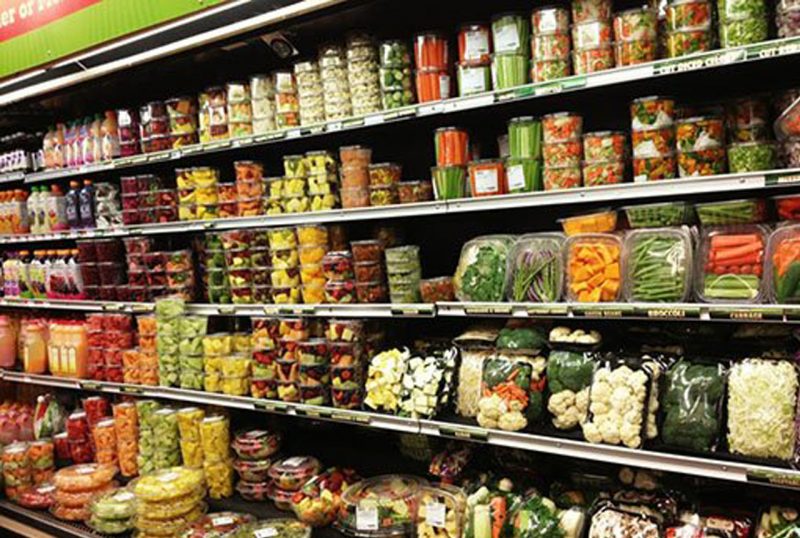

Leave a Reply